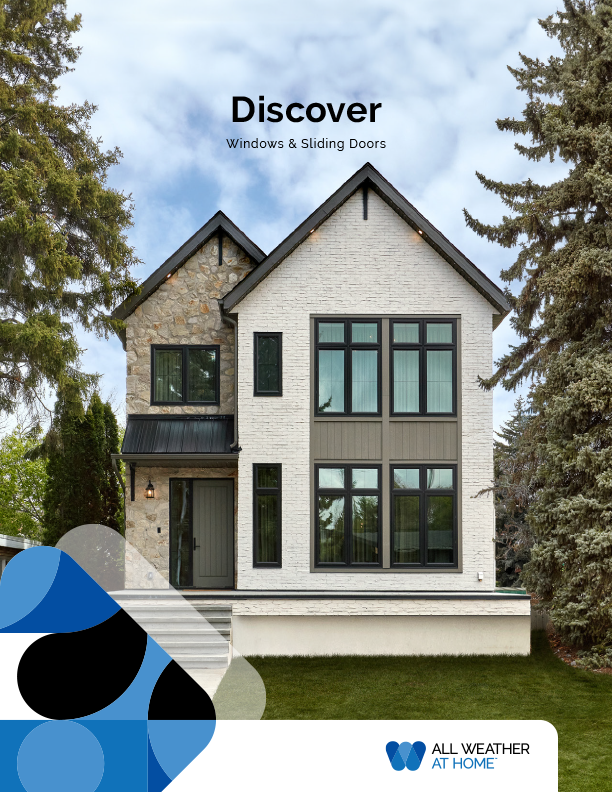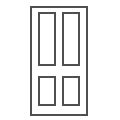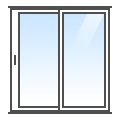Windows
Sarasota Homes, Jensen Lakes
Building solutions for you, with over four decades of experience.
Buying a window is more than just a transaction; it’s a partnership, a home framed perfectly to your lifestyle. We’re dedicated to working closely with developers, builders, dealers, and homeowners throughout Western Canada, offering a comprehensive range of styles and options for the perfect fit.
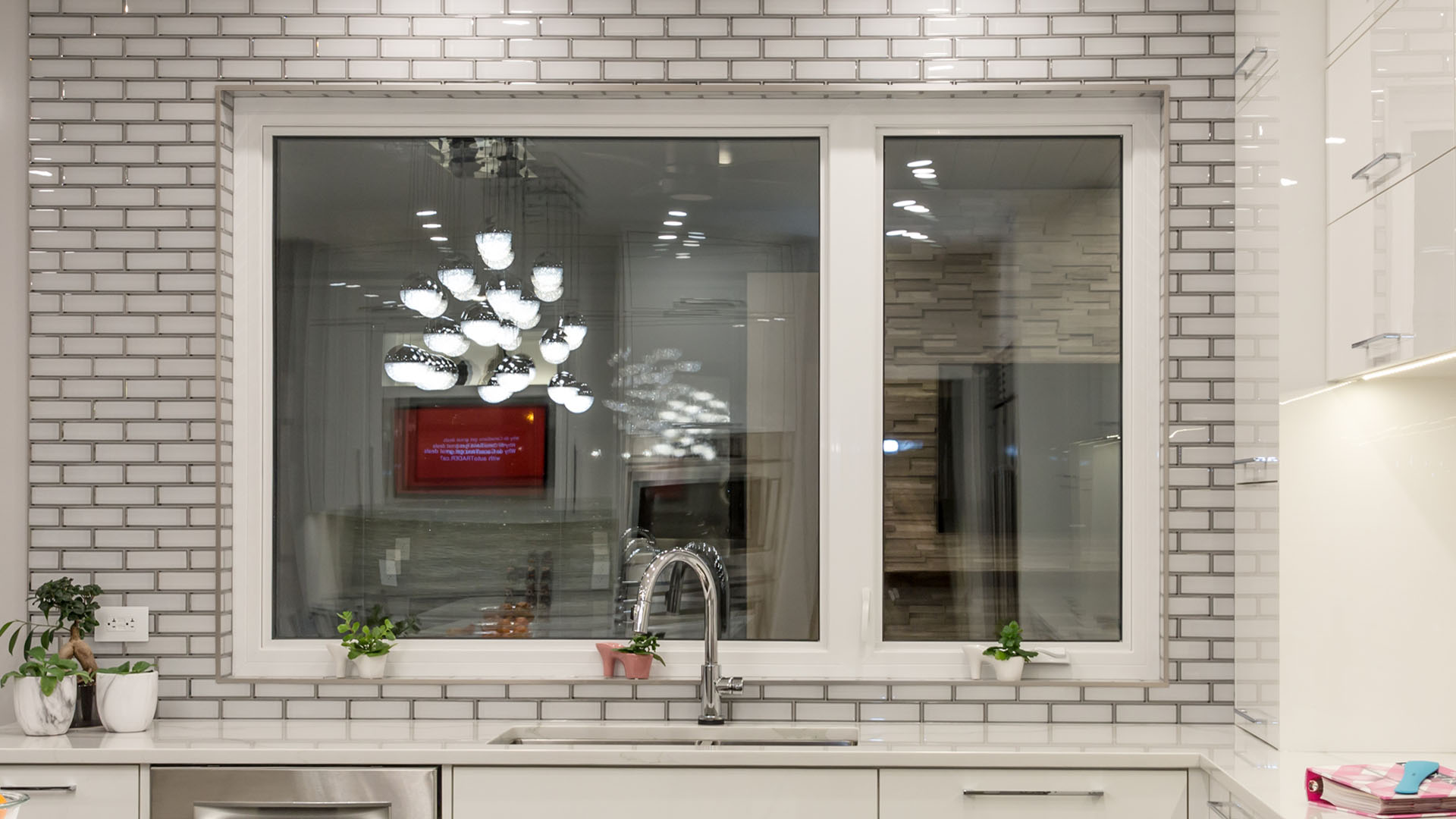
Casement windows
A casement window is a window that is attached to its frame by one or more hinges at the side. They are used singly or in pairs within a common frame, in which case they are hinged on the outside.
Learn More
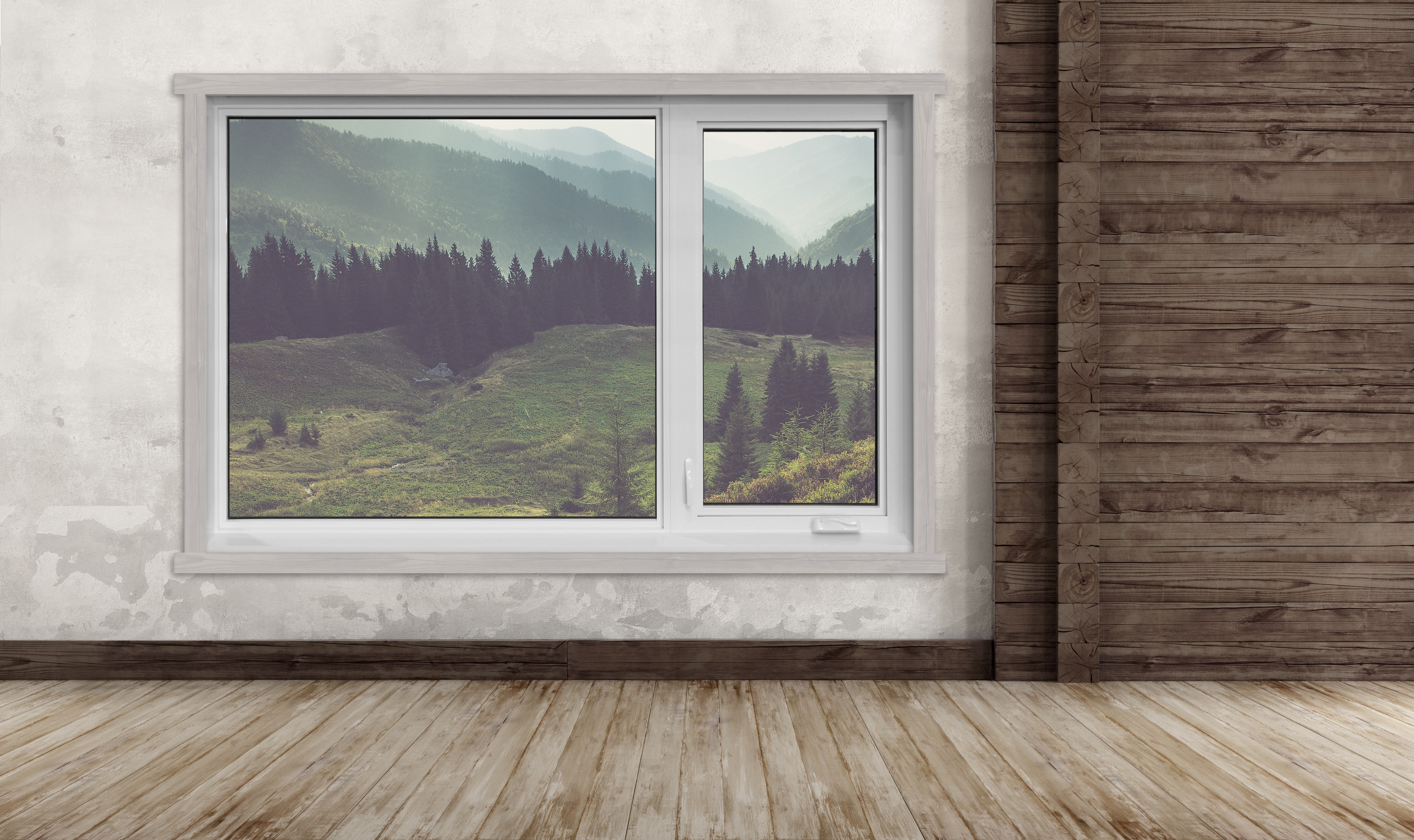
Slider windows
The slider window has one or more sashes that slides open horizontally.
Learn More
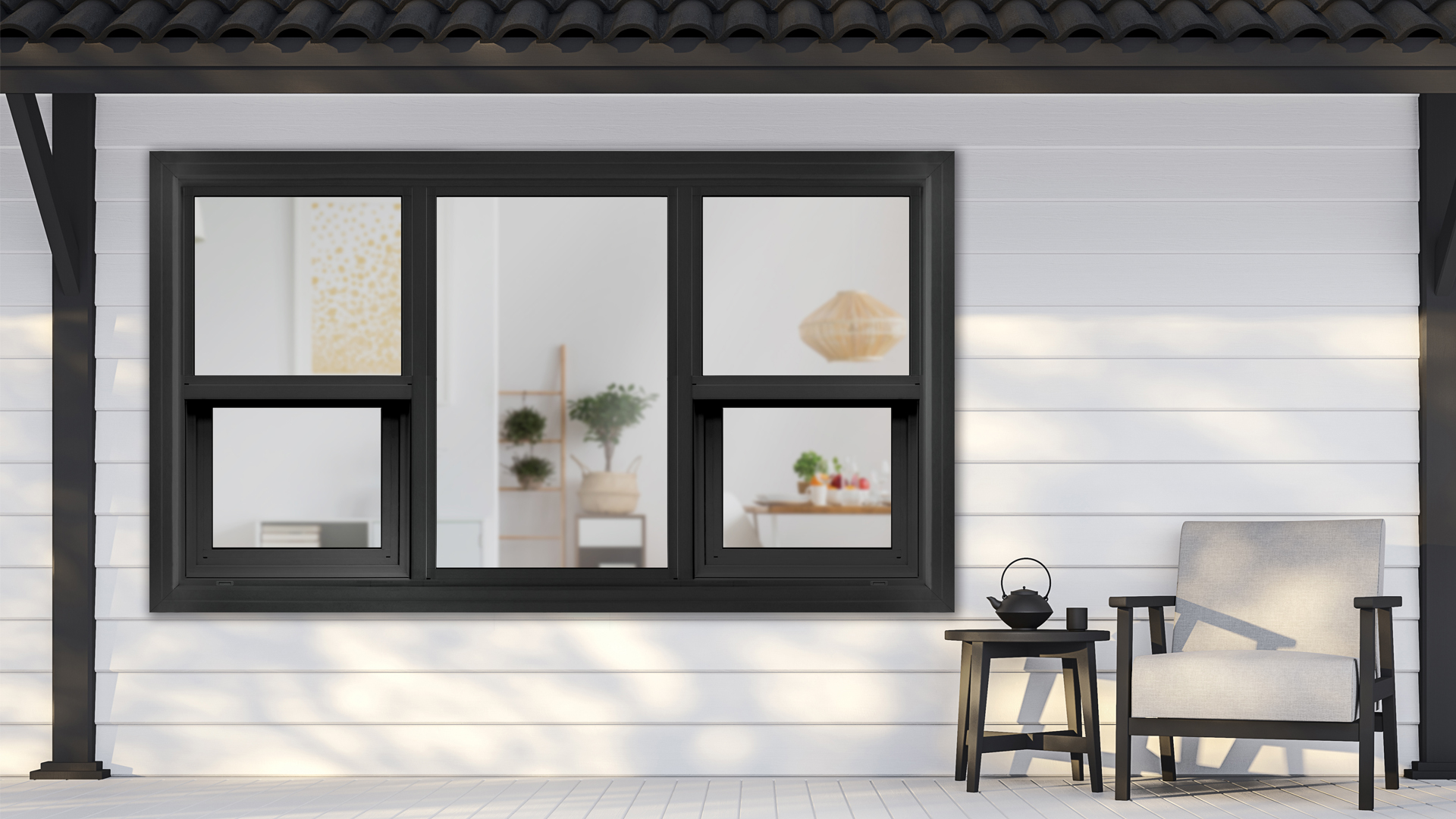
Hung windows
With a bottom sash that slides up, the single hung window allows controlled airflow into your home.
Learn More
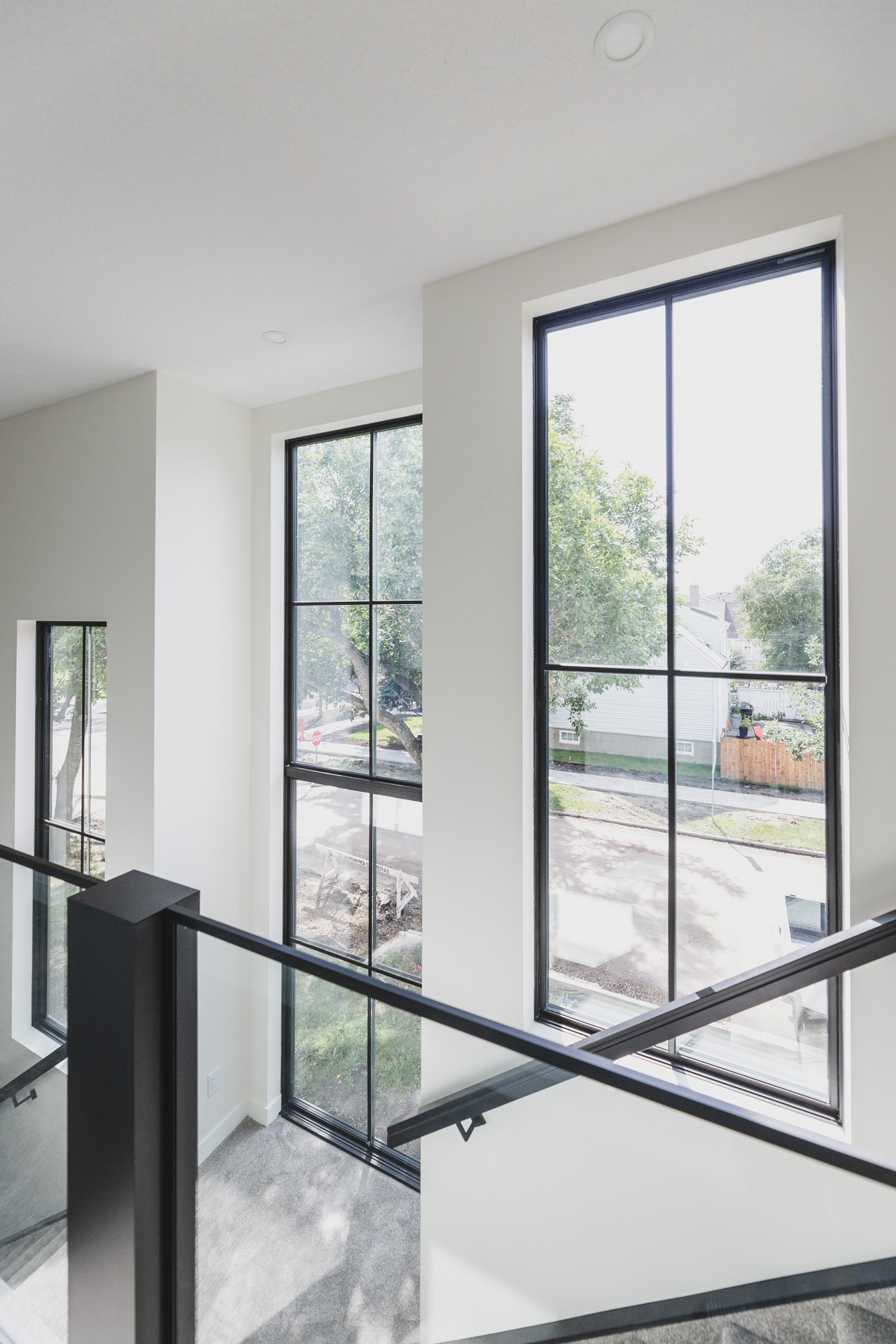
Picture windows
Picture windows do not open. They offer a low-profile frame to maximize glass surface, allowing a beautifully clear, unobstructed view.
Learn More
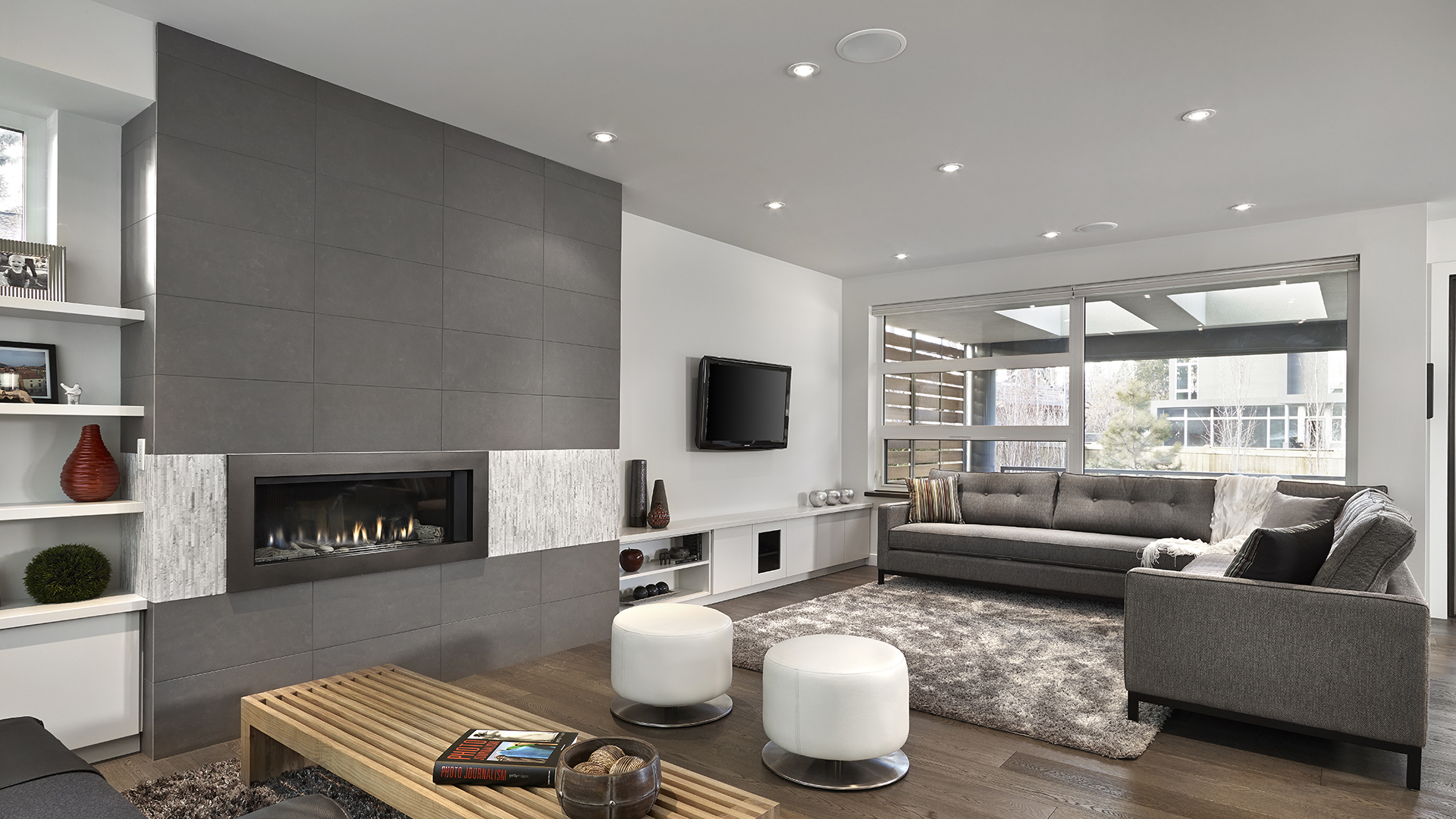
Awning windows
An awning window is hung horizontally. Hinged on the top, shielding from the rain while providing good ventilation and constant airflow. it is also one of the most energy efficient operating windows.
Learn More

Fixed windows
A fixed window is a casement or awning window that doesn’t open.
Learn More

Folding windows

Learn More
Frame & colour material
FABRICATION OF YOUR WINDOW FRAME ↓
uPVC
Our windows are made from uPVC (unplasticized polyvinyl chloride), a robust material that’s free from phthalates and BPA. This material is chosen for its exceptional thermal efficiency and durability in window construction often lasting for decades. Plus, it’s recyclable, making it a sustainable choice for your home!
Explore

Acrylic wrap
Explore

Metal clad UPVC
Explore

Find Your Perfect Comfort
Choosing the Right Low-E Glass Series for Your Home
Windows do more than frame a view—they shape how your home feels, season to season.
Whether you want to maximize warmth in the winter, keep the summer heat out, or strike the perfect balance, our glass series help you create a more comfortable home, year-round. No matter your climate or comfort needs, All Weather at Home has the right glass series for your home.
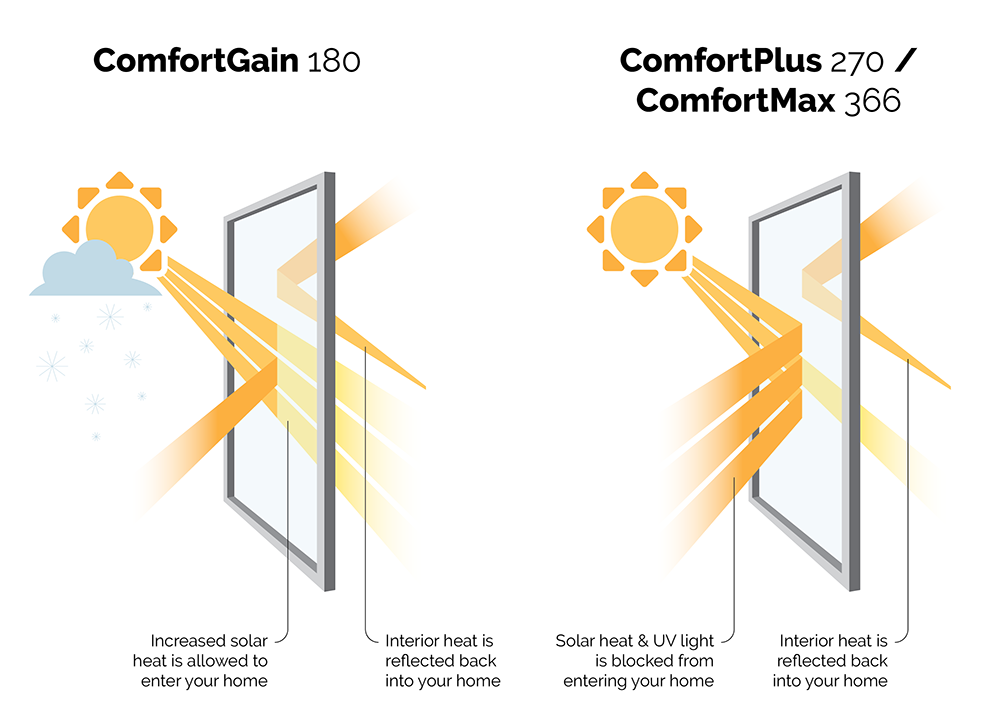
ComfortGain 180
More Sun, More Warmth
ComfortGain 180 provides passive solar control by allowing a high percentage of the sun’s natural heat to enter your home, warming it naturally. It also helps retain heat by reflecting furnace warmth back inside, improving overall energy efficiency.
ComfortPlus 270
Balance of Warmth & Protection
ComfortPlus 270 provides balanced solar heat gain, light, and UV protection. It welcomes plenty of natural light while blocking out excess solar heat, keeping your home comfortable in all seasons. It also helps reduce fading of furniture and flooring by filtering out harmful UV rays.
ComfortMax 366
Maximum Protection, Maintained Clarity
ComfortMax 366 is our most advanced glass series, offering maximum solar heat protection and UV shielding to keep your home comfortable year-round. It reduces fading of interiors by blocking up to 99% of harmful UV rays, and unlike some coatings that give the glass a tinted or reflective look, ComfortMax 366 maintains a neutral appearance.
Glass Performance
| Glass Series | Heat System | Description | METRIC* | IMPERIAL* | SHGC | Visible Light | Ultraviolet Block | ||
|---|---|---|---|---|---|---|---|---|---|
| U-Value | R-Value | U-Value | R-Value | ||||||
| Dual Clear | Dual (clear/clear) no argon | 2.725 | 0.367 | 0.480 | 2.083 | 0.760 | 81% | 42% | |
| Triple Clear | Triple (clear/clear/clear) no argon | 1.760 | 0.568 | 0.310 | 3.226 | 0.685 | 74% | 52% | |
ComfortGain180 |
HS1 | Dual (clear/180) with argon | 1.476 | 0.678 | 0.260 | 3.846 | 0.686 | 79% | 71% |
| HS1V | Dual (180/i89) with argon | 1.187 | 0.843 | 0.209 | 4.785 | 0.623 | 77% | 73% | |
| HS2 | Triple (clear/clear/180) with argon | 1.045 | 0.957 | 0.184 | 5.435 | 0.615 | 73% | 76% | |
| HS3 | Triple (180/clear/180) with argon | 0.755 | 1.325 | 0.133 | 7.519 | 0.561 | 70% | 87% | |
ComfortPlus270 |
HS4 | Dual (270/clear) with argon | 1.408 | 0.710 | 0.247 | 4.032 | 0.367 | 70% | 86% |
| HS4V | Dual (270/i89) with argon | 1.136 | 0.881 | 0.200 | 5.000 | 0.360 | 68% | 86% | |
| HS5 | Triple (270/clear/clear) with argon | 1.056 | 0.947 | 0.185 | 5.376 | 0.339 | 64% | 88% | |
| HS6 | Triple (270/clear/270) with argon | 0.704 | 1.420 | 0.124 | 8.065 | 0.311 | 55% | 96% | |
ComfortMax366 |
HS7 | Dual (366/clear) with argon | 1.368 | 0.731 | 0.241 | 4.149 | 0.272 | 65% | 95% |
| HS7V | Dual (366/i89) with argon | 1.108 | 0.903 | 0.195 | 5.128 | 0.267 | 63% | 95% | |
| HS8 | Triple (366/clear/clear) with argon | 1.031 | 0.970 | 0.182 | 5.495 | 0.251 | 59% | 96% | |
| HS9 | Triple (366/clear/180) with argon | 0.721 | 1.387 | 0.127 | 7.874 | 0.244 | 57% | 98% | |
| HS9V | Triple (366/180/i89) with argon | 0.635 | 1.575 | 0.112 | 8.929 | 0.236 | 56% | 98% | |
| HS10 | Triple (366/clear/366) with argon | 0.677 | 1.477 | 0.119 | 8.403 | 0.236 | 47% | 99% | |
*Values are from centre of glass (C.O.G.) based on 3mm thickness. All performance for C.O.G. ratings are based on Vision v4.0 simulations. All C.O.G U- and R-values are based on ASHREA Winter Conditions. Framing, cladding, frame type and other items will affect the overall thermal values of a complete window.
This measures the thermal resistance (R) of a single material, such as glass. The higher the R-Value, the better a material resists heat transfer. R-Value and U-Value are reciprocals of each other (the higher the R-Value, the lower the U-Value).
U-Value
Solar Heat Gain (SHGC)
Solar heat gain is the amount of the sun’s heat that transfers through a material (such as glass) from the exterior to the interior. The higher the solar heat gain, the more heat that passes through a material and into a home.
Coated Surfaces
ComfortGain 180

ComfortPlus 270

ComfortMax 366
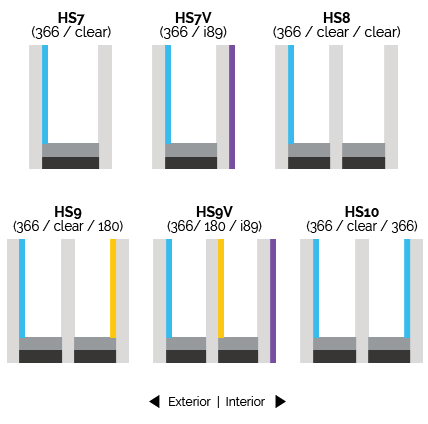
![]() System V (Low-E i89) – Boosting Insulation Performance
System V (Low-E i89) – Boosting Insulation Performance
System V is an optional interior surface coating that enhances the insulating value (U-value) of any of our glass series (ComfortGain 180, ComfortPlus 270, and ComfortMax 366). It reduces interior heat loss, minimizes interior condensation in winter, and improves thermal efficiency. It’s the perfect add-on for the colder climates where insulation is key.
All ComfortGain 180, ComfortPlus 270, and ComfortMax 377 heat systems are argon filled.
Types of Glass
TEMPERED GLASS – A safety glass used in applications where standard glass could pose a potential risk if broken. The tempering process makes glass four to five times stronger than normal and allows it to break into smaller, safer pieces. Tempered glass is available on both interior and/or exterior panes of glass. Be sure to check your local building codes to see where and when tempered glass may be required.
TINTED GLASS – Tints are available in bronze or grey and are available on the exterior pane of glass. If the overall glass surface is greater than 25 sq.ft., the tinted glass should be tempered to help reduce stress and prevent cracking or breakage.
TEXTURED GLASS – Textured glass is available on the interior pane of glass and comes in several decorative textures. Ask an All Weather at Home sales representative for more information or visit allweatherathome.ca.
SPECIAL GLASS –Do you require specialty glass for your project? Ask an All Weather at Home sales representative for more information or visit allweatherathome.ca.
Exposure of Glass
NORTH-FACING WINDOWS – North-facing windows typically don’t get much sun exposure, so you’ll want glass with a higher R-value/lower U-Value, such as HS6. This will help keep your home’s heat in and the cold, outside air out.
WEST-FACING WINDOWS – The sun hits west-facing windows for extended periods of time, especially in the summer, meaning you’ll probably want to stop the heat from coming into your home. Look for glass with a lower SHGC (Solar Heat Gain Coefficient) to keep out the heat.
SOUTH-FACING WINDOWS– Similar to west-facing windows, south facing windows are also prone to extended periods of sun exposure. Depending on how much sun your windows get, look for glass with a lower SHGC to keep out the sun’s heat, or glass with a higher R-Value/lower U-Value to prevent warm or cool air from escaping the inside of your home.
EAST-FACING WINDOWS – With the exception of the morning sun, overall sun exposure on east-facing windows is typically low. Glass with a higher R-Value/lower U-Value for better insulation is usually preferred, such as HS6.
Energy Calculator
Know your number before you buy
Making it simple
Do you know that up to 25% of a home’s energy loss can be attributed to windows? In Canada’s diverse climate, managing energy efficiency is crucial for both comfort and cost savings. Our calculator helps you determine which window configurations offer the best energy efficiency. By using this calculator, you can not only reduce your energy bills but also enhance your home’s environmental footprint. Make informed decisions about your window upgrades, and enjoy a more comfortable, eco-friendly home year-round.
Get your thermal rating

Innovation makes the difference
V-weld is more than just a fancy sounding name.
All Weather at Home is proud to be one of the first manufacturers in North America to offer the groundbreaking technology of V-weld as part of our Apex window series. No other window offers such exceptional performance in keeping the outside elements from seeping into a home – virtually eliminating air and water leaks.
Conventional windows use mechanical mullions joined with gaskets and silicone, which contract and expand with temperature differences. This can lead to separation between joints, causing air and water leaks. To eliminate this, V-weld Apex windows arefusion-welded together leaving no gaps, cracks, spaces, slits or any other synonyms that water can seep through. This manufacturing process provides superior frame integrity and ensures better performance than conventional combination windows in water and air tests.
Let the light in
View Catalogue
